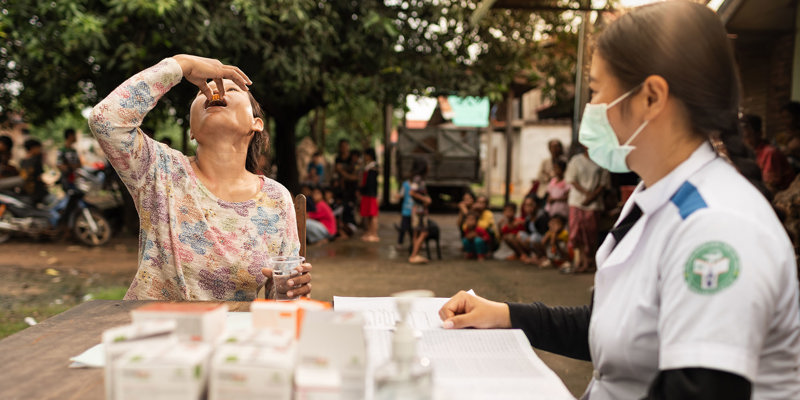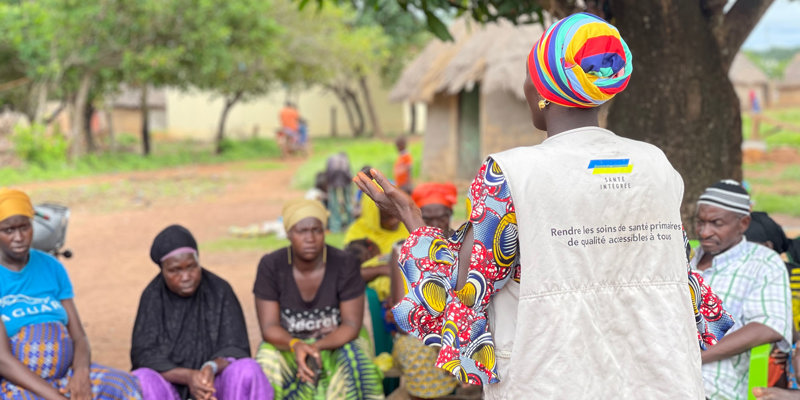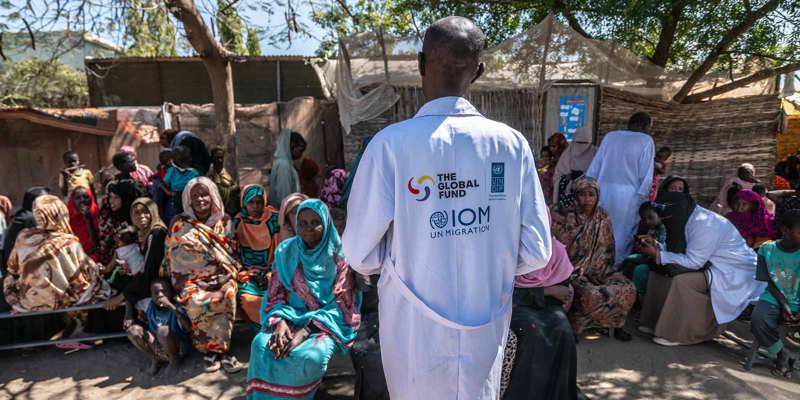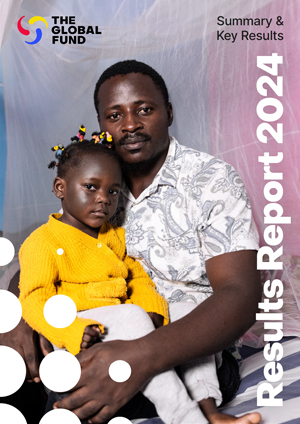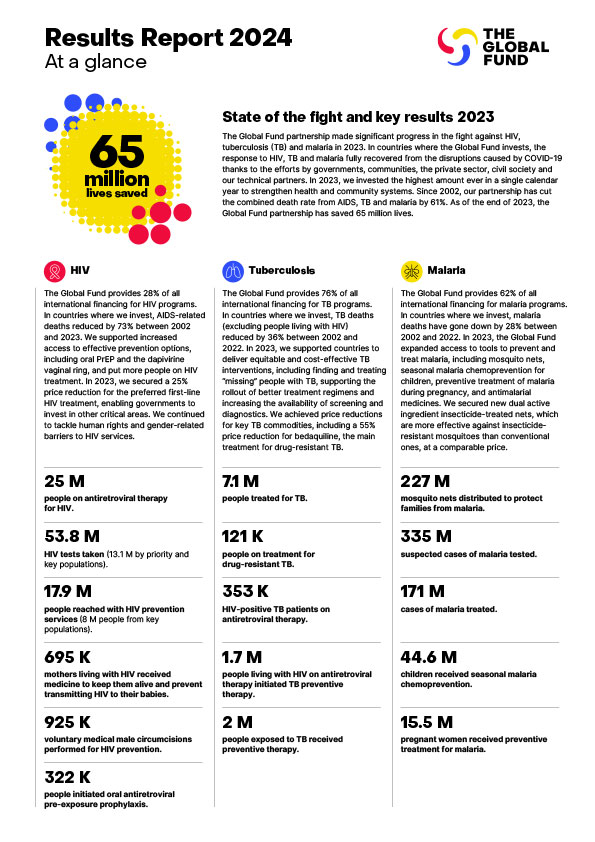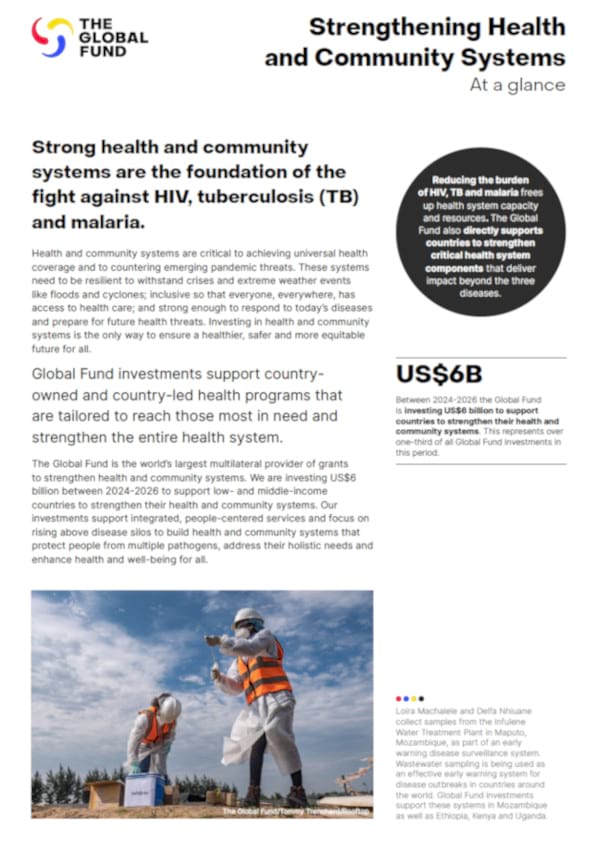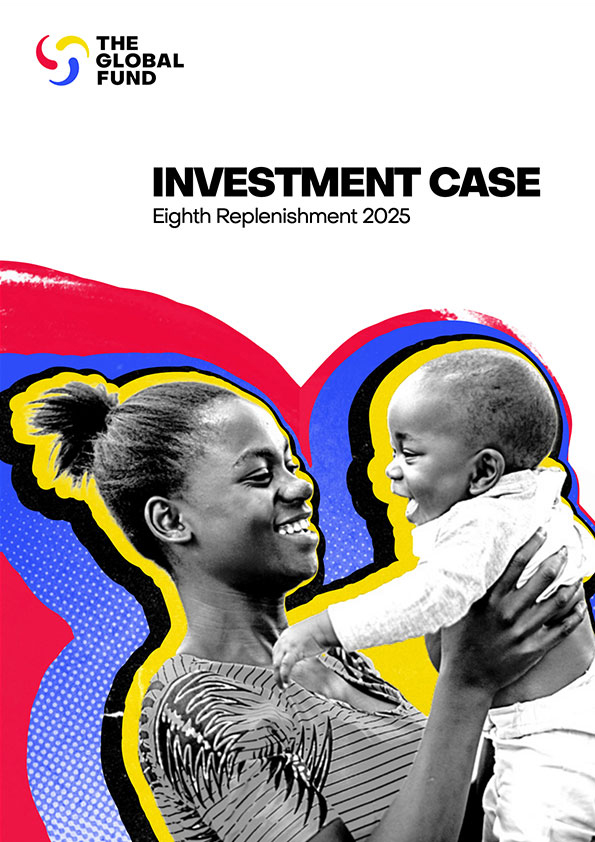

For the Fight Against HIV, TB and Malaria, a Moment of Reckoning
The heads of state and government from nearly 200 countries gathering this week in New York for the United Nations General Assembly must confront the stark reality that the Sustainable Development Goals are in dire jeopardy. This year marks the midpoint between the start of those goals in 2016 and 2030, when they were supposed to be achieved. While the 17 SDGs present a sweeping vision for improving the lives of people across the world, progress against them is, at best, mixed. Most will be missed.
For SDG 3, a goal that, among other health objectives, seeks to end AIDS, tuberculosis and malaria — which alongside COVID-19, are still the world’s most deadly infectious diseases — it is a moment of reckoning. Despite the impact of worldwide efforts against HIV, TB and malaria over the last two decades and a remarkable recovery from the disruption from COVID-19, achieving the goal of ending these diseases by 2030 hangs in the balance. We can do it, but only by taking extraordinary steps.
There’s been a remarkable turnaround following the setbacks caused by the COVID-19 pandemic, with more people on antiretroviral treatment for HIV than ever before, more people being treated for TB and more mosquito nets being distributed to protect people from malaria. A new Global Fund report, however, shows we remain off the trajectory required to achieve the SDG 3 target of ending AIDS, TB and malaria by 2030.
The world was off track even before COVID-19, with reductions in infections and deaths falling short of the progress needed to end the three diseases by 2030. While we’ve regained much of the ground lost during COVID-19, we have not made the progress we originally planned to achieve over the last three years.
COVID-19 has been far from the only challenge. In many countries where the Global Fund invests, it’s been much more difficult to get back on track against HIV, TB and malaria due to a combination of crises: climate change, conflict, debt, an alarming erosion of human rights and deepening inequities within and between countries. While the impact and dynamics of these colliding crises differ by region, the crises invariably hit the poorest and most marginalized hardest, putting them more at risk for the deadliest infectious diseases.
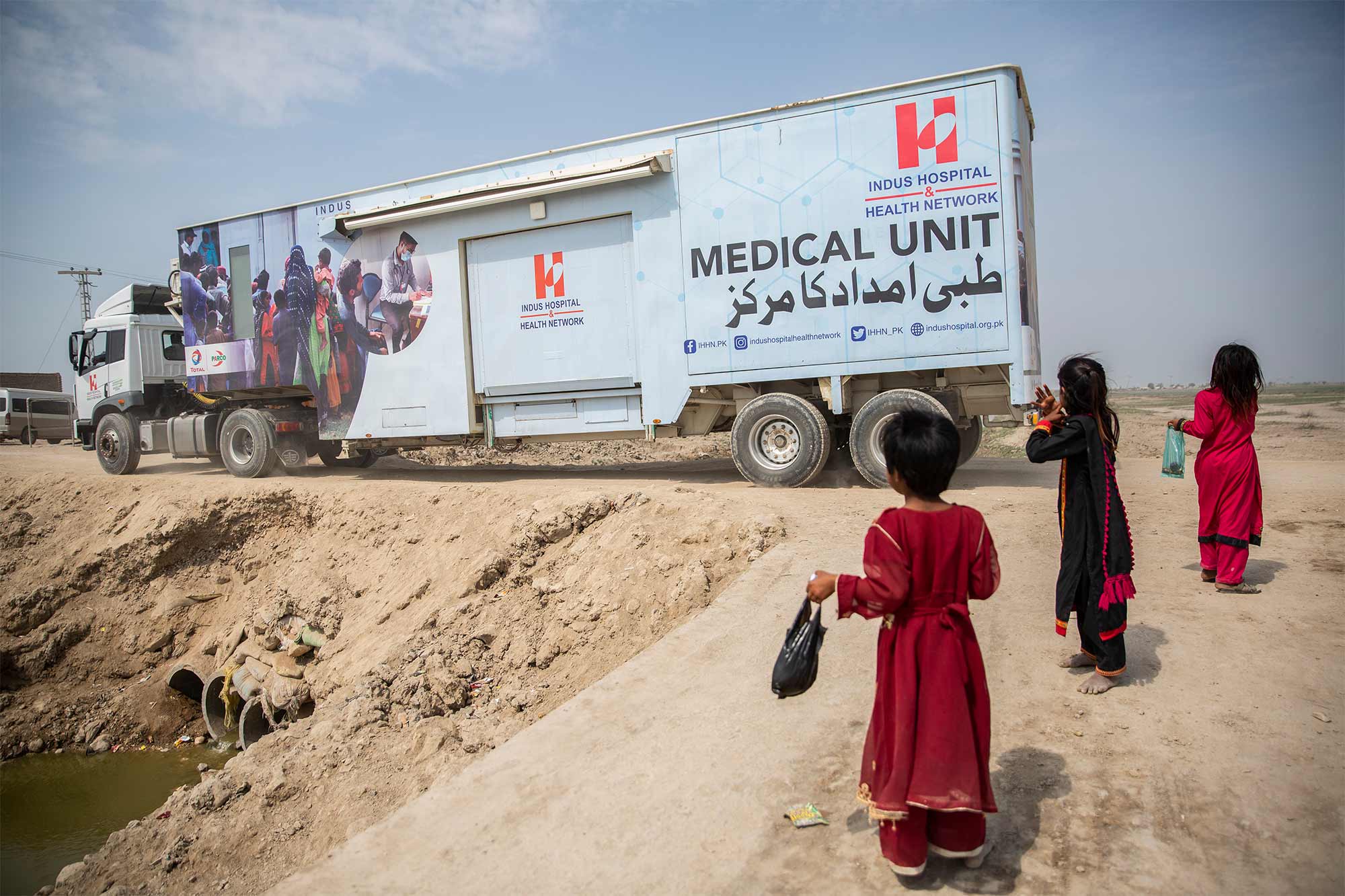
In Sehwan, Pakistan, a mobile health unit arrives in an area affected by severe flooding to provide health services, including malaria testing and treatment. Photo: The Global Fund/Saiyna Bashir/Panos
Climate change is already having an impact on the epidemiology of infectious diseases. For example, malaria is spreading to highland parts of Africa that were previously too cold for the Anopheles mosquito that carries the parasite. Cyclones, floods and other extreme weather events are causing dramatic upsurges in malaria infections, such as in Malawi and Pakistan, while also disrupting lifesaving health infrastructure and services. Food insecurity and water scarcity are displacing entire communities, increasing their vulnerability to diseases like TB.
Conflicts, sometimes triggered by climate-related competition for resources, damage health infrastructure and overwhelm already overstretched health services, so people infected with diseases are unable to access treatment, supply chains break down and prevention efforts are interrupted. In too many places, people cannot get access to lifesaving services. Even where continuity of essential services can be achieved, health workers are often at risk and delivery costs escalate. Across multiple countries, including Sudan, Ukraine, Afghanistan and Myanmar, health workers demonstrate extraordinary courage and commitment in striving to ensure the most vulnerable get the services they need.
While the direct death tolls from natural disasters or outbreaks of conflict often claim the headlines, the indirect death toll from the diseases that follow often exceed the initial impact. To stand a chance at achieving the targets of ending AIDS, TB and malaria, we must redouble our efforts to fight these diseases. That includes investing to build health systems that can withstand the effects of climate change. That means being able to sustain lifesaving HIV, TB and malaria programs in times of conflict or other crises.
AIDS, TB and malaria thrive on the fissures in our countries and across the global community. The fact that HIV/AIDS is the biggest killer of women aged 15 to 45 in Africa is a stark indicator of persistent gender inequities — educational disadvantage, economic disempowerment, gender-based violence. The fact that in Nigeria alone, over 500 people — mainly children under the age of 5 and pregnant women — die every day from malaria, a preventable and curable disease, demonstrates the extent of global health inequities.
Despite numerous challenges, the goal of ending AIDS, TB and malaria as public health threats remains achievable. We know what needs to be done. We have shown we can push even the most formidable infectious diseases into retreat. We did it when AIDS seemed unbeatable 20 years ago and we have done it again with the COVID-19 pandemic. And we do it, day after day, in many contexts affected by conflicts or disasters.
We need another moment of solidarity and leadership, galvanizing the world for the second half of the SDG challenge. That means investing more in the fight against HIV, TB and malaria, as well as becoming smarter in how we invest. It means accelerating access to game-changing innovations, optimizing their deployment alongside existing tools to maximize the impact of every dollar. It also means doing more to engage communities and tackle human rights barriers, gender inequalities and the other inequities that drive the diseases and prevent people getting the services we need. If we do that, we can save millions of lives and provide a platform for sustainable and equitable development. This is our moment of reckoning. It’s time to get back on track toward achieving the goal of ending AIDS, TB and malaria by 2030.
This op-ed was first published in Forbes.

